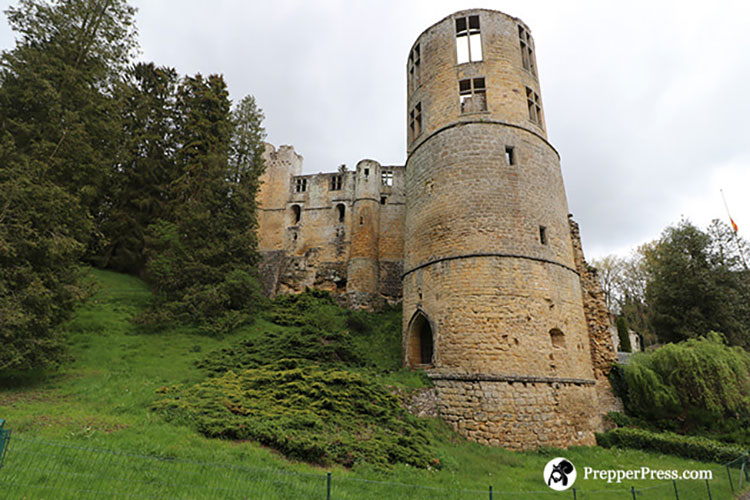
I love abandoned places, so the opportunity to swing across the Luxembourg border to see Beaufort Castle was an opportunity I could not pass up.
Medieval Beaufort Castle
Beaufort Castle (part Medieval and part Renaissance), in its day, must have been an amazing place. Walking through it you’re drawn back into time, left imagining what life must have been like back then, watching from the lookout, working in the kitchen, drawing water from the well, or… torturing people below (more on that in a minute).
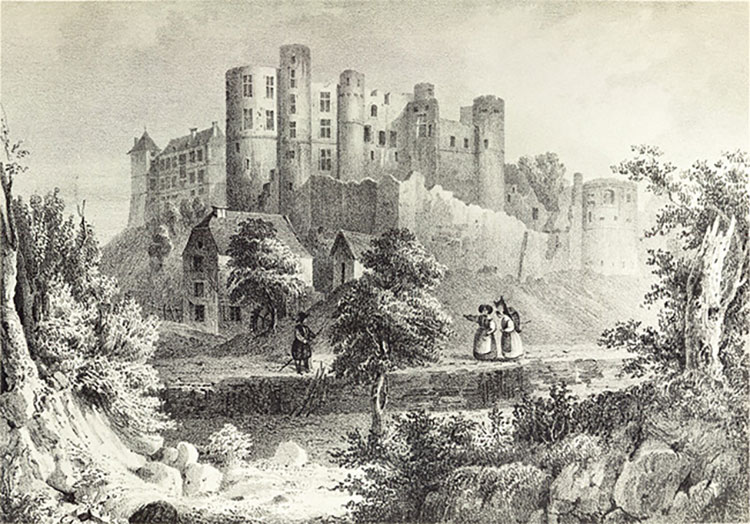
Of course, as I walked the interior of the castle, it was also fun to imagine it revived into a modern post-apocalyptic retreat, building the walls back up, getting the well working again, and fortifying the place with a team of preppers who could defend the fort against throngs of the undead (or the unprepared).
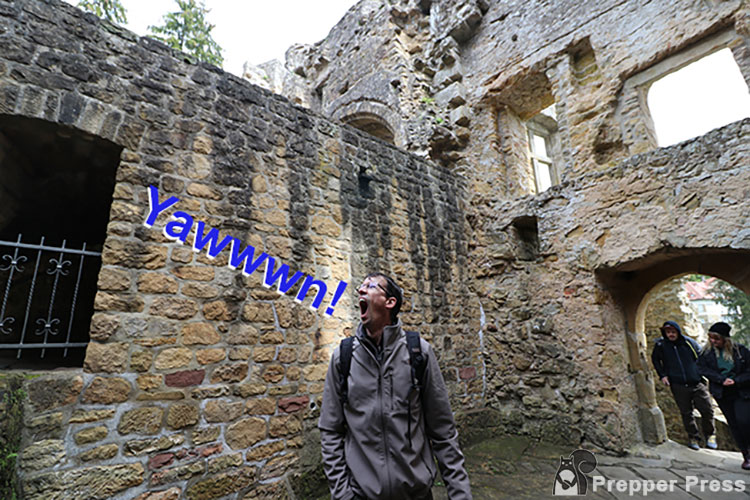
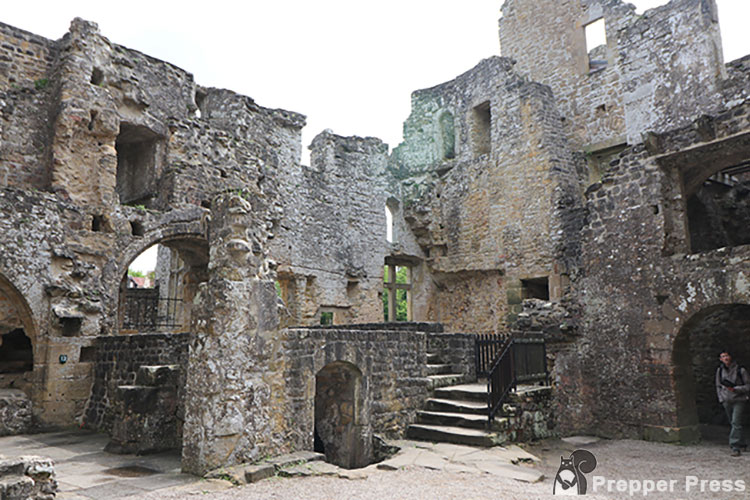
A river flowed nearby that was diverted during the day to form a protective moat. The medieval castle was built in four stages, the first section begun in the early 11th century. This is the great thing for American history buffs who travel abroad, the ability to tour places much older than what you’d find in the U.S.
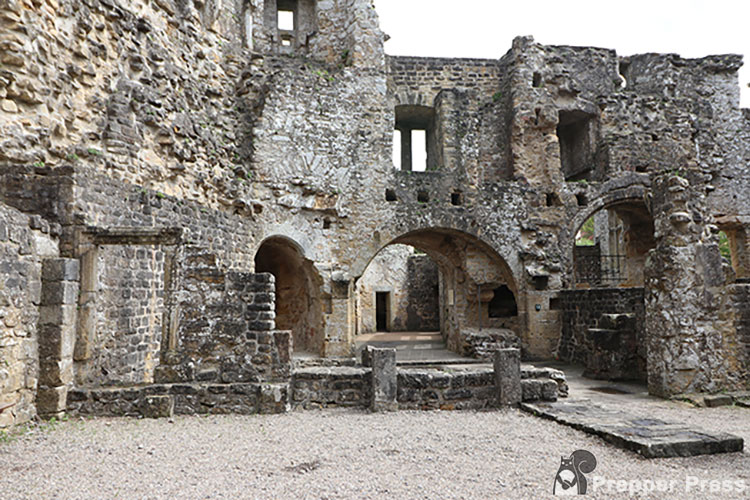
First built in the 11th century as a small fortress on a rock, Beaufort Castle had the requisite moat and stone walls of Medieval European castles. But it didn’t stay small for long, and by the 12th century a “keep” had been added – a kind of fortified, giant family room that was inserted into some castle grounds in case things got dicey with invasions and all. You might call it a kind of knightly safe-room.
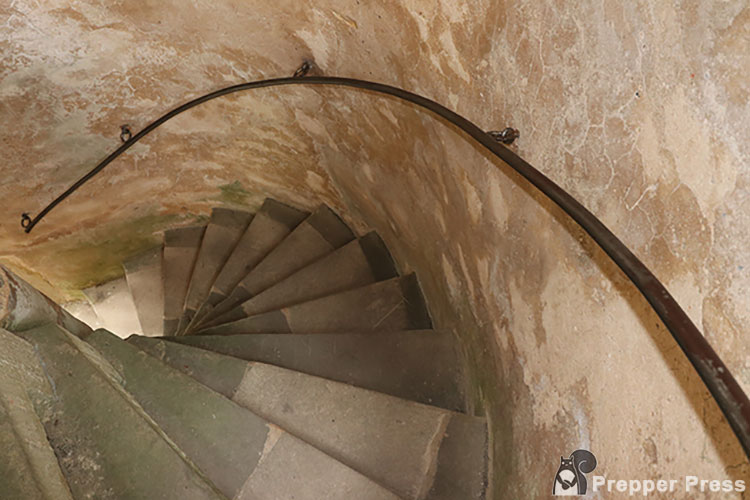
Torture Room
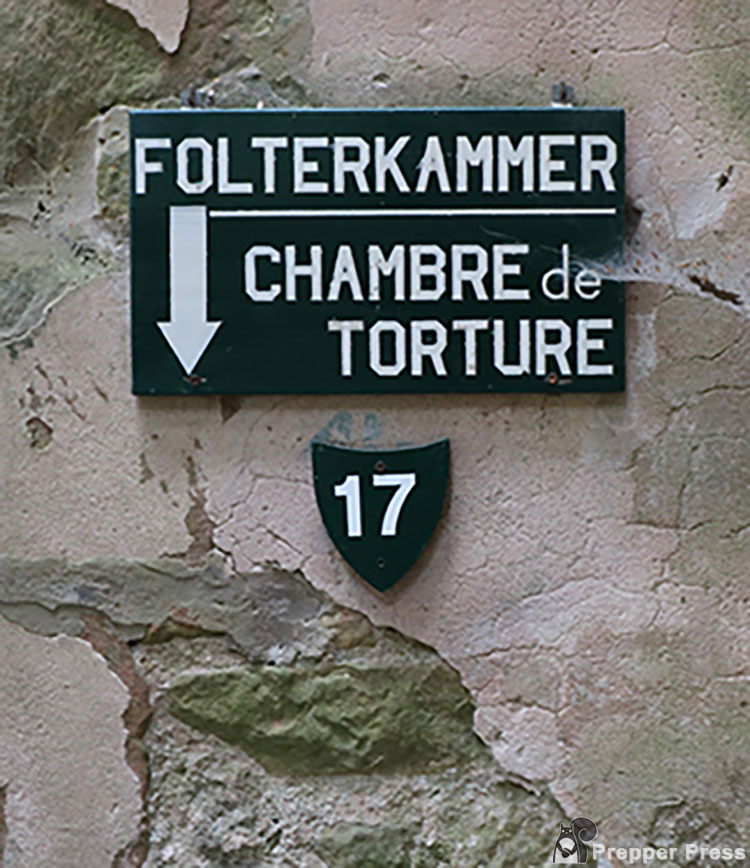
Perhaps what’s most interesting (call me twisted) was the “Chamber of Torture.” In one corner of the castle, you take stairs deeper down into a damp room where poor souls were tortured. Strangely, it wasn’t as far away from the main part of the castle as I’d imagined it would be, but given its relatively small size, I am assuming they made do with the space they had. Still, given that small size, it’s strange to imagine devoting an entire room to torture when space was at a premium. Like, couldn’t they have just tortured people outside?
In any case, it was near the main corridor in the castle, so the screams of the wicked must have permeated daily life whenever someone was getting their thumbs put in the screws (one such device on display).
Below you can see what must have been a favorite torture device as it consumed the center of the room. I superimposed a picture of a picture on top of the picture… yeah. The wicked souls, traitors, etcetera would have been laid down on the table, a table that has spinning logs equipped with rusty, iron spikes. The individual would have been moved up and down on the table, letting the spikes puncture the body.
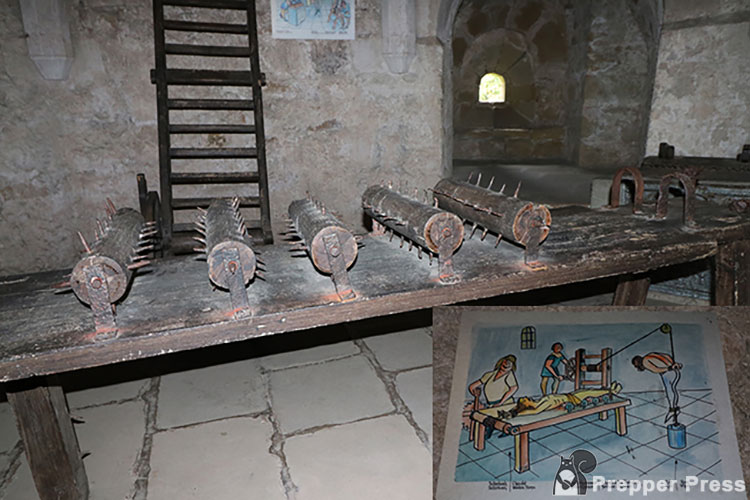
This “mask” was probably the most ominous device in my opinion. It hung from the ceiling awaiting a head to be placed inside it, at which point a chain would pull the individual up toward the ceiling by their neck, being left for who knows how long. They even adorned the face cage with iron ears – but hey, at least they had a window view!
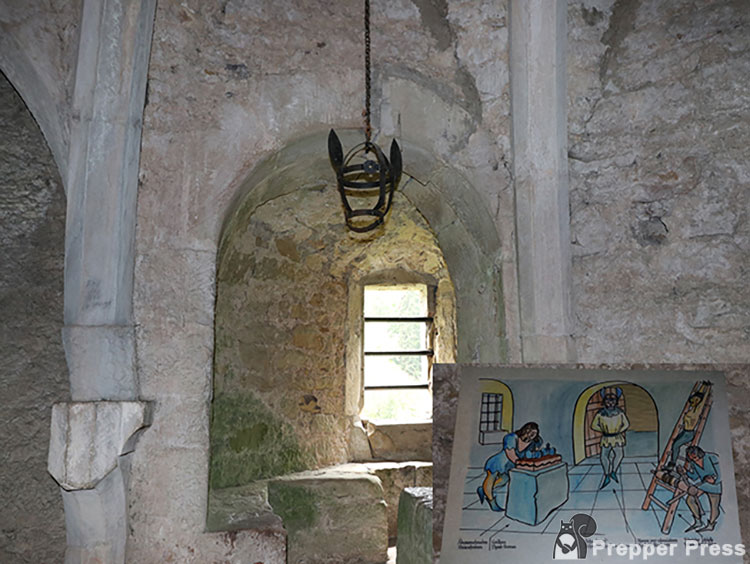
It’s hard to imagine going that back far in time, but even harder to imagine what it must have been like being tortured in this fashion.
If someone’s deed didn’t warrant full torture, or in-between torture sessions, individuals could be crammed into this corner, sitting on damp rock, and chained to a wall for solitary confinement.
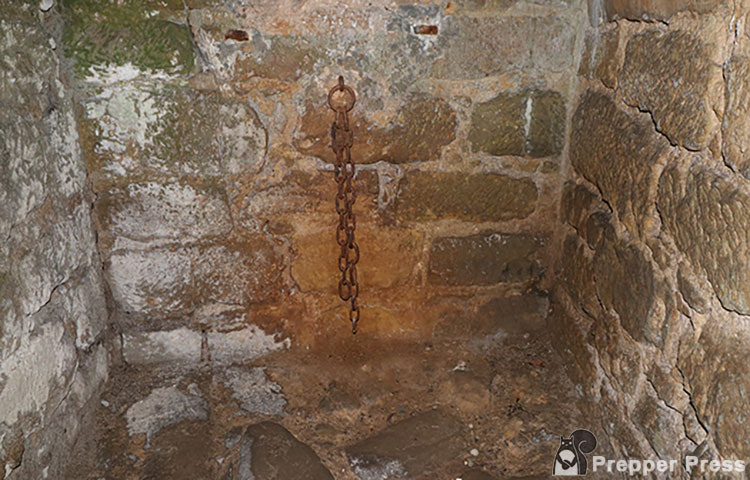
Lovely…
Visiting Medieval Beaufort Castle
The ruins of the medieval castle are open to visitors every day from Easter until 1 November from 9 am to 6 pm. The castle is on Town Road 128 (Rue du Château), just outside of the town of Beaufort, Luxembourg.